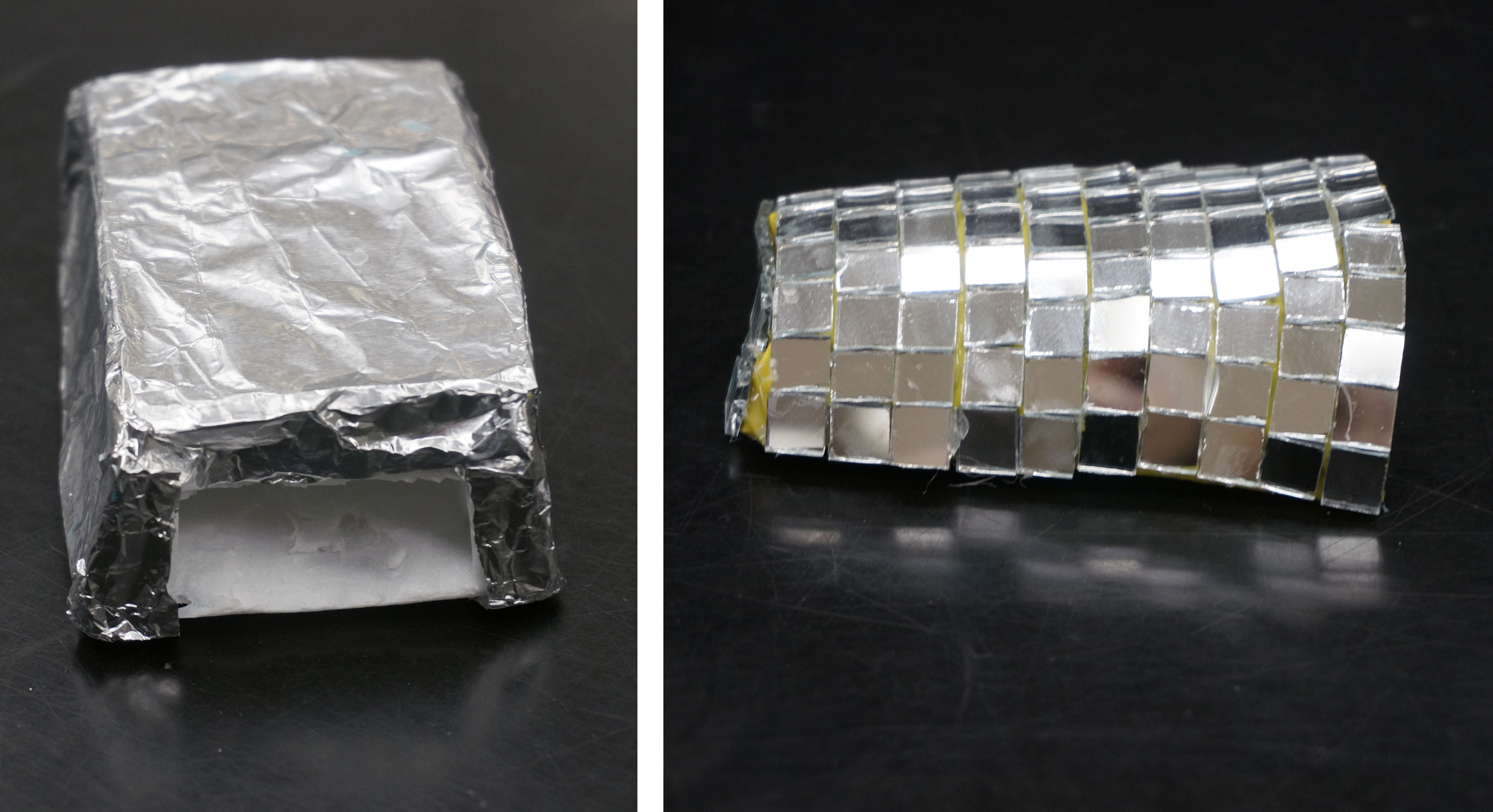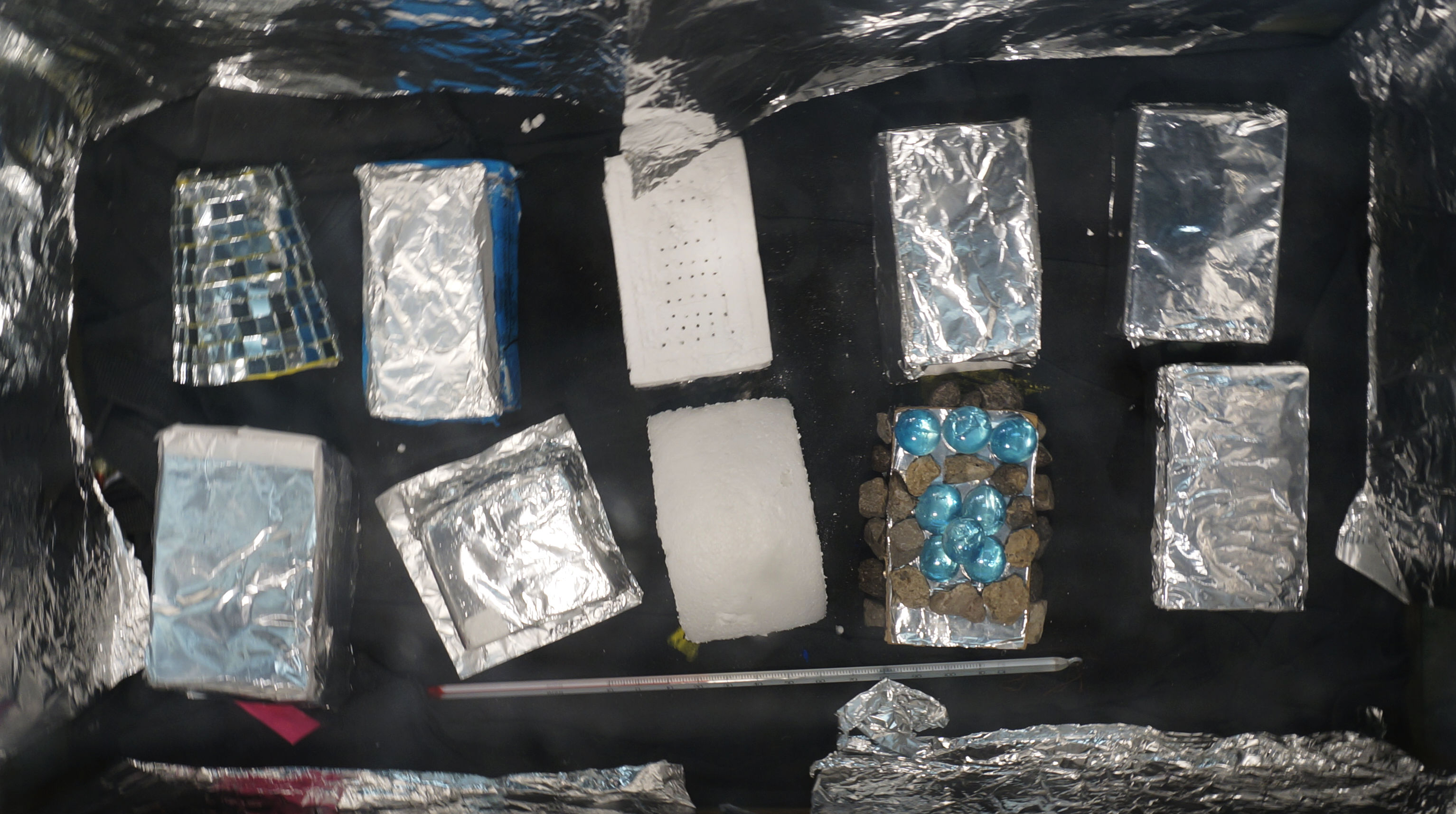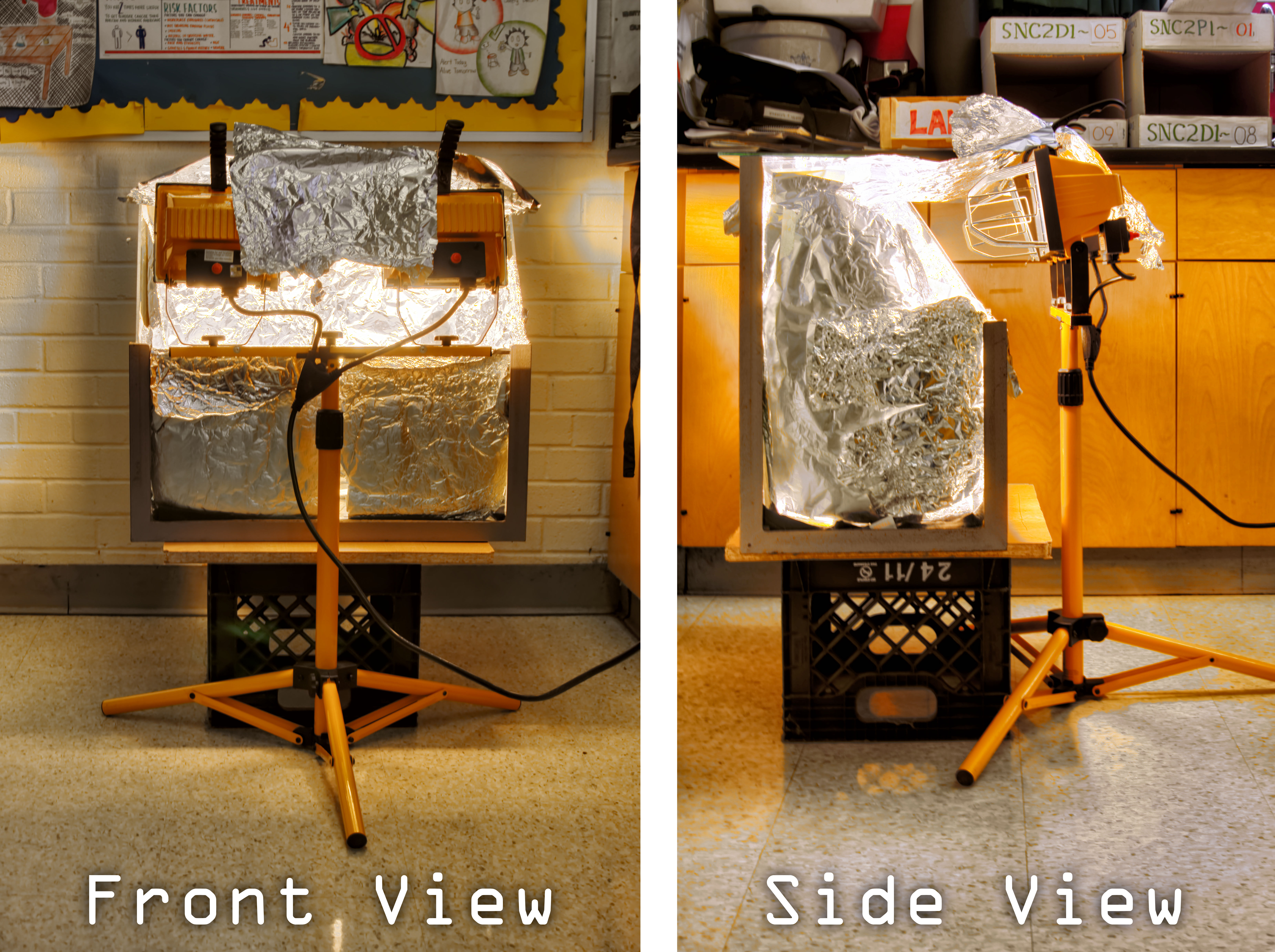Robert Prior, ePublisher of OAPT Newsletter
science@robertprior.caThe grade ten climate unit is often neglected. This is unfortunate, not only because it is the most relevant unit for our students, who will be dealing with a changing climate, but because it deals with many physics concepts.
Here is a project I use with my grade ten students. It’s a fun, hands-on way for students to demonstrate that they understand basic concepts relating to thermal energy and energy transfer — key topics in grade 11 physics!
 Public domain image.
Public domain image.
Here is the task, as presented to the students.
The Hook
Penguins are threatened. Warming oceans melt pack ice, and so penguins lose both habitat and food sources like krill, which feed on algae growing underneath the ice. Emperor penguins and other Antarctic penguins are in decline, but more tropical species are also affected by climate change. In South Africa, hotter temperatures mean penguins are leaving their nests on the beach to cool off in the ocean; while they are gone gulls attack their eggs and chicks. At Boulders Beach in Cape Town, park rangers have created small semi-enclosed shelters for penguins to nest in, which keep the penguins cooler and protect their eggs from predators like gulls.
The Task
Your task is to design a hut to help keep penguins cool, build a model of the hut so it can be tested, and document your design.
Your model must be big enough for a model penguin (see actual-size outline) and include an opening for the penguin to enter and leave by. (Penguins can’t use doorknobs!)
When designing your penguin hut, keep in mind all you have learned about heat transfer. The hut will be sitting on a hot beach in direct sunlight, so you must allow for radiation, convection, and conduction.
It would be wise to build some prototypes and test them, so you can improve your design.
We are simulating penguins with penguin-shaped ice cubes. The more ice remains non-melted at the end of the test, the better your design is.
The beach will be an old aquarium with a black bottom and aluminum foil on the sides. To simulate sunlight, we will use a powerful light shining from above.
The handout for this project is a double-sided page detailing the above, along with an actual-size silhouette of the penguin-shaped ice cube we use to simulate the penguin and a marking rubric.
 Notes For Running the Project
Notes For Running the Project
This project can be as elaborate as you want to make it, with multiple design iterations evolving towards ever-better designs. Although I recommend that the students prototype and refine their designs, I don’t insist on it. Other than some time in class to decide on partners and start planning this is a homework project. To keep costs down I tell them to use what they find in the recycling bin.
 Simple penguin huts.
Simple penguin huts.
I’ve run this project with a variety of group sizes, but find that groups of 1-2 work best — in larger groups there always seems to be someone who doesn’t pull their weight, while with a partnership someone can be responsible for the prototype while the other person is responsible for the documentation. I also allow students to work alone if they wish.
I use a silicone ice cube tray to make the penguins, ordered online from Amazon. An hour in the freezer is long enough to make the ice cubes, so it is easy to make a steady supply of penguins. I ordered three of these from Amazon and they work well, but the price is now 150% higher than when I bought mine!
https://www.amazon.ca/HIC-Silicone-Penguin-Baking-4-Inch/dp/B008CXTW7EFor a beach I took an old aquarium, lining the walls with reflective foil and the bottom with a black cloth. This is big enough for ten huts at once. Pieces of glass over the top stop the heat leaking out.
 Huts and a thermometer ready for testing.
Huts and a thermometer ready for testing.
As the sun I use a 1000 W work light, which quickly raises the temperature of the aquarium to 50°. Be very careful around lights, as they get very hot and can cause bad burns.
 The setup. Notice the foil draped over the light to increase the temperature of the ’beach’.
The setup. Notice the foil draped over the light to increase the temperature of the ’beach’.
How to run an easy Penguin Day
Place the first batch of huts ‘on the beach’ with a thermometer and a penguin in the open, then turn the light on. Have another activity for students to do while they wait (15-25 minutes depending on your light and the type of huts they’ve built).
When the unprotected penguin is melted, turn the light off and quickly take out the huts. Students can have fun comparing their penguins (and maybe taking pictures). If necessary, put the next batch of huts in, and so on.
After 20 minutes all penguins will have started melting, although some will still be mostly intact.
If you want to be accurate about the relative efficiency of different hut designs, you’ll need to weigh each penguin before it went under the light and after, to see which had lost the least mass. I don’t bother with that; we just visually inspect what’s left of each penguin.
There are many variables that will affect how fast a penguin melts: the location of the hut in the aquarium, the humidity of the air, whether it was in the first or the second trial batch… Rather than worry about those details, I leave an unprotected penguin on the ‘beach’ and see how much of the protected penguins are left when it is melted. Only once have I seen a design that was worse than the beach!
The key thing I want my students to do is apply what they know of the concepts of conduction, convection, thermal mass, and albedo to a practical problem.
Most designs make careful use of albedo to minimize absorbed energy. Most students also use styrofoam and similar materials to minimize conduction. The careful ones also realize that hot air will convect and so minimize the possibilities of air circulation. (One of my rules is “no doors”, because penguins can’t use doorknobs, but students have used flaps and curtains to good effect.)
Running Remotely
While not ideal, this project
could be done in a remote learning class. Students would have to provide their own ice cubes (cubic penguins?) and light sources. I would suggest surveying the class beforehand to ensure that everyone can get an ice cube and bright light (or exposure to sunlight). If you try, please
let me know how it goes!
Downloading the Project
The project is available on my web site, under the “Global Climate Systems” and “Facing the Future” tabs of the grade ten climate unit page:
http://science.robertprior.ca/science-10/climate-10/index.htmlThe download is a PDF file containing the student handout, teacher’s notes, and a half-page version of the rubric for faster marking.
Credits
This project was inspired by the “Save the Penguins” activity by Christine Schnittka, Randy Bell, and Larry Richards, from the book
Fuel for Thought published by NSTA Press.
Tags: Energy






